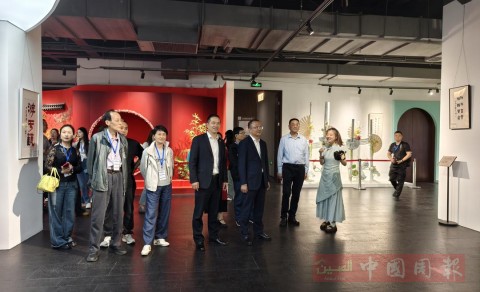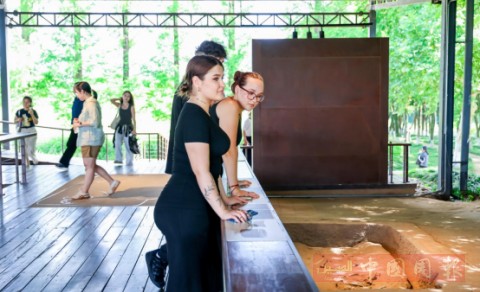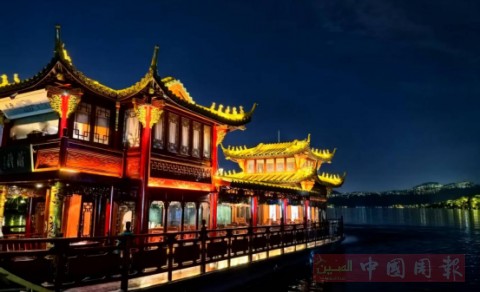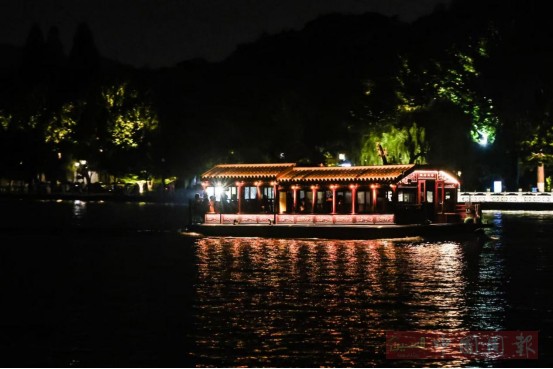
West Lake at dusk, bathed in evening light
West Lake—an extraordinary masterpiece shaped by the harmony of humanity and nature—has retained its unique layout of “mountains on three sides, the city on one” for over a thousand years. As the Song dynasty poet Su Shi once wrote, “If I compare West Lake to Xi Shi, it is charming whether lightly or richly adorned.” That single word—charming—captures the timeless beauty and enduring appeal of West Lake.
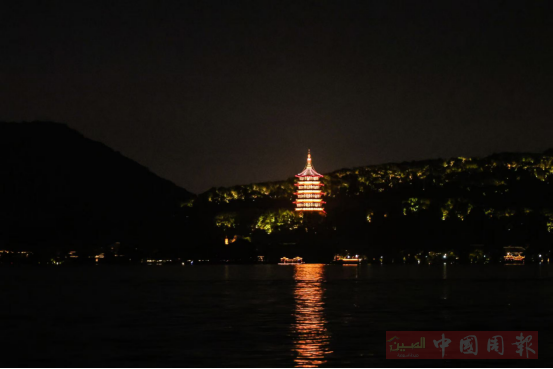
West Lake at dusk, bathed in evening light
West Lake—an extraordinary masterpiece shaped by the harmony of humanity and nature—has retained its unique layout of “mountains on three sides, the city on one” for over a thousand years. As the Song dynasty poet Su Shi once wrote, “If I compare West Lake to Xi Shi, it is charming whether lightly or richly adorned.” That single word—charming—captures the timeless beauty and enduring appeal of West Lake.

Visitors viewing A Century of Hangzhou Through Foreign Eyes along the Grand Canal in Hangzhou
The exhibition showcases more than 80 rare photographs spanning over a hundred years. Using a unique “time-space overlap” technique, the images capture historical moments from Hangzhou—the World Heritage City. The exhibition runs through July 31 and will tour several cultural heritage sites, including Gongchen Bridge Canal Cultural Plaza, the Deer Garden at the Liangzhu Ancient City Ruins, and Wansong Academy in the West Lake scenic area. Many of these rare images are being publicly exhibited together for the first time.
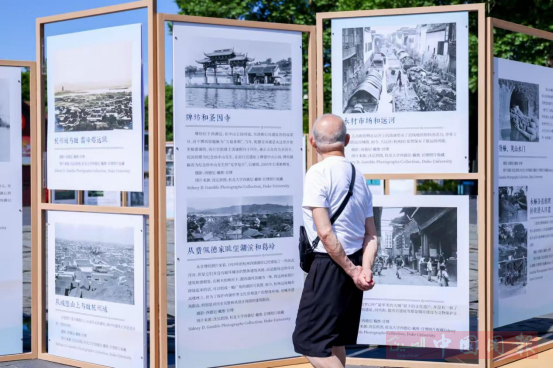
Visitors viewing A Century of Hangzhou Through Foreign Eyes along the Grand Canal in Hangzhou
The exhibition showcases more than 80 rare photographs spanning over a hundred years. Using a unique “time-space overlap” technique, the images capture historical moments from Hangzhou—the World Heritage City. The exhibition runs through July 31 and will tour several cultural heritage sites, including Gongchen Bridge Canal Cultural Plaza, the Deer Garden at the Liangzhu Ancient City Ruins, and Wansong Academy in the West Lake scenic area. Many of these rare images are being publicly exhibited together for the first time.

Chinese and international guests at the Grand Canal, Hangzhou
The Grand Canal, the first in China to traverse mountainous terrain, has long played a pivotal role in national integration—politically, economically, and culturally. Today, it remains one of the most influential waterways in the world, a landmark achievement in the history of global canals.

International students with hand-painted fans near Gongchen Bridge, Hangzhou.
The Grand Canal, the first in China to traverse mountainous terrain, has long played a pivotal role in national integration—politically, economically, and culturally. Today, it remains one of the most influential waterways in the world, a landmark achievement in the history of global canals.
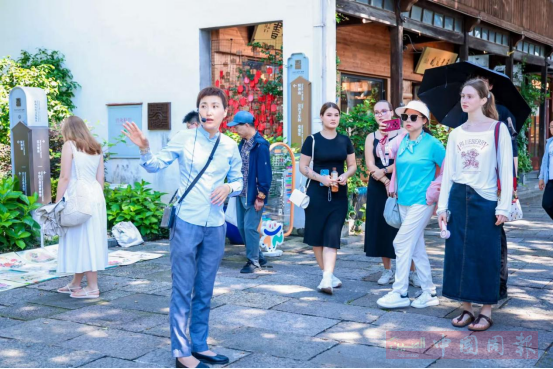
A stroll across Gongchen Bridge on the Grand Canal in Hangzhou
The Grand Canal, the first in China to traverse mountainous terrain, has long played a pivotal role in national integration—politically, economically, and culturally. Today, it remains one of the most influential waterways in the world, a landmark achievement in the history of global canals.
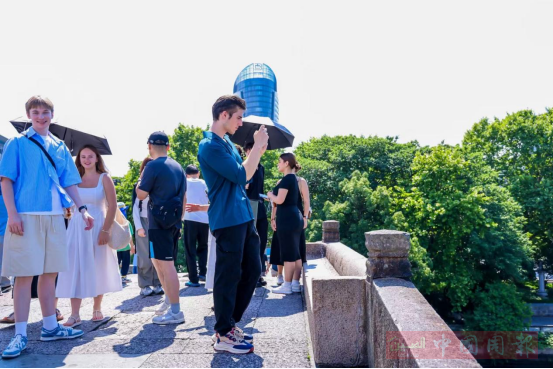
A stroll across Gongchen Bridge on the Grand Canal in Hangzhou
The Grand Canal, the first in China to traverse mountainous terrain, has long played a pivotal role in national integration—politically, economically, and culturally. Today, it remains one of the most influential waterways in the world, a landmark achievement in the history of global canals.
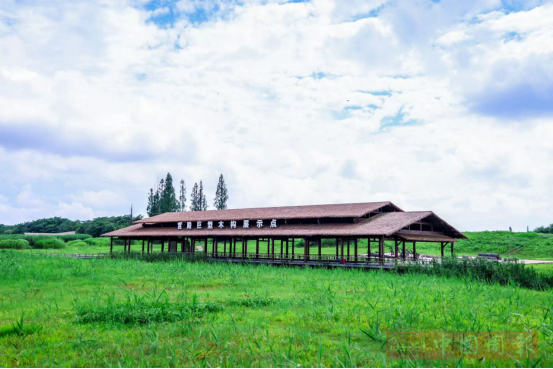
A view of the Liangzhu Ancient City Ruins Park in Hangzhou, Zhejiang
The Liangzhu culture serves as compelling evidence of over 5,000 years of Chinese civilization. The core of this culture lies at the Liangzhu archaeological site in Hangzhou. The site was first discovered in 1936. On July 6, 2019, the Liangzhu Ancient City Ruins were officially inscribed on the UNESCO World Heritage List.
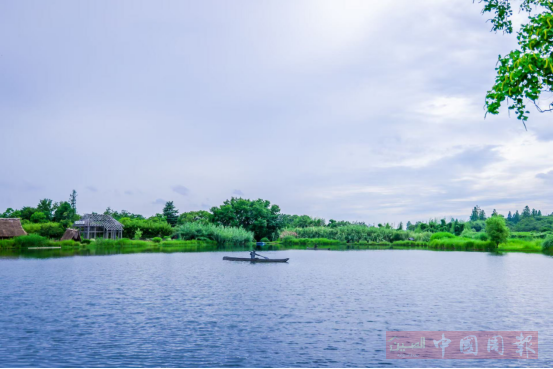
A view of the Liangzhu Ancient City Ruins Park in Hangzhou, Zhejiang
The Liangzhu culture serves as compelling evidence of over 5,000 years of Chinese civilization. The core of this culture lies at the Liangzhu archaeological site in Hangzhou. The site was first discovered in 1936. On July 6, 2019, the Liangzhu Ancient City Ruins were officially inscribed on the UNESCO World Heritage List.


